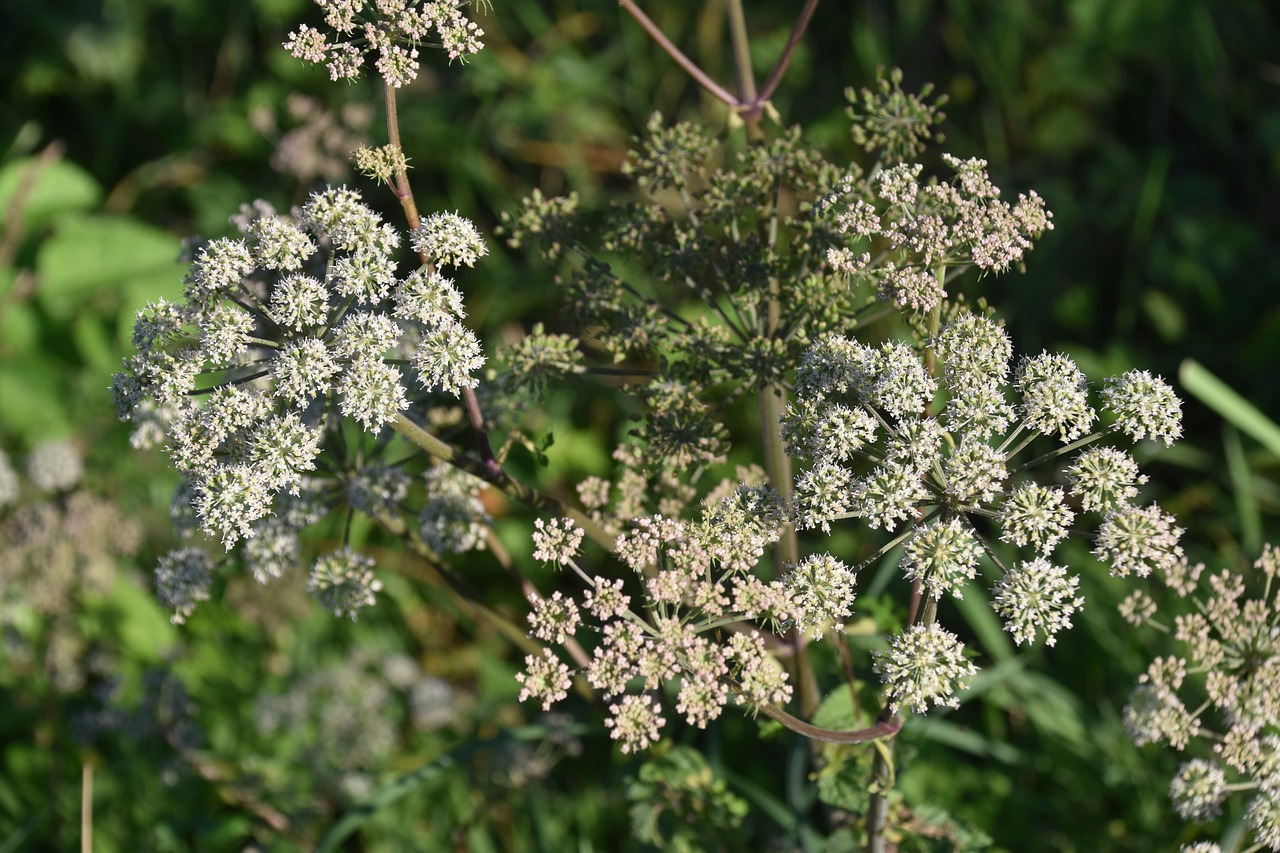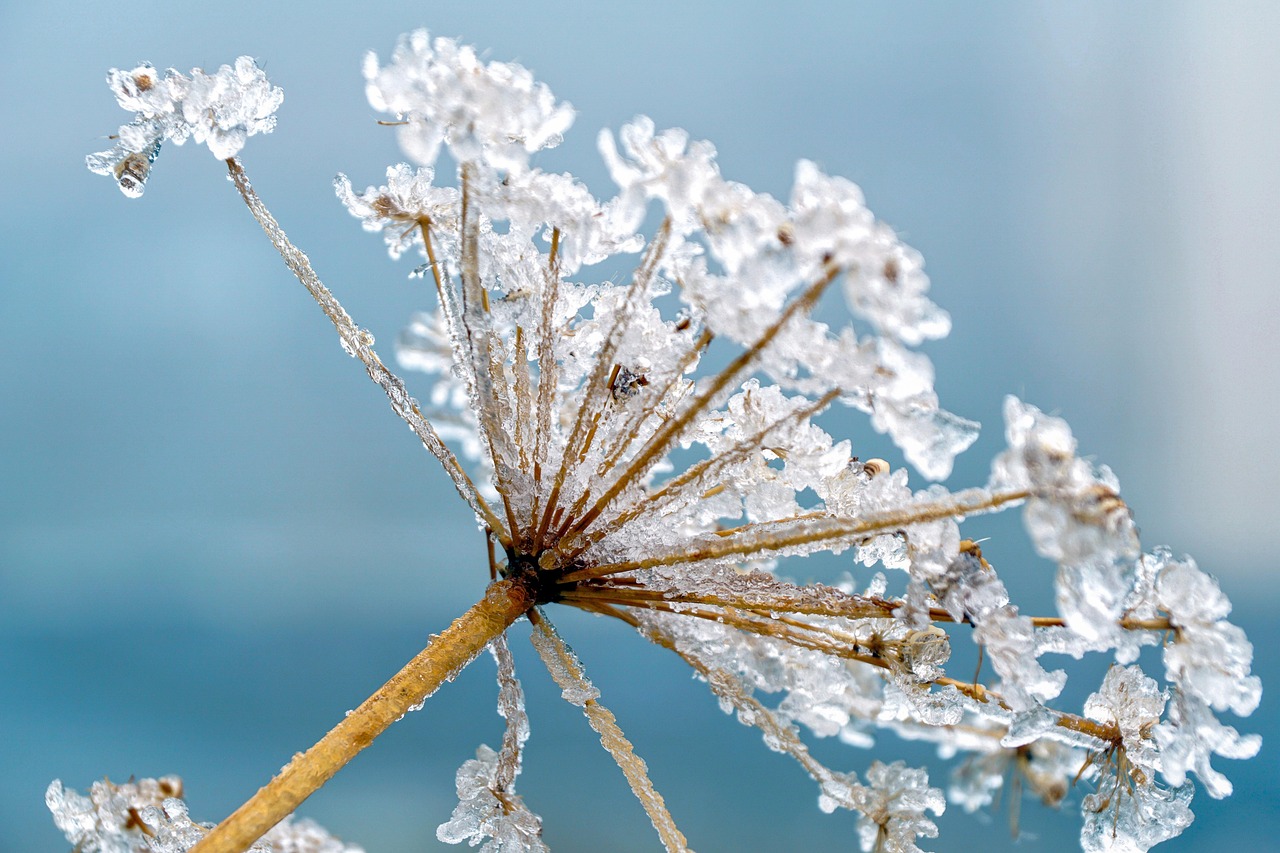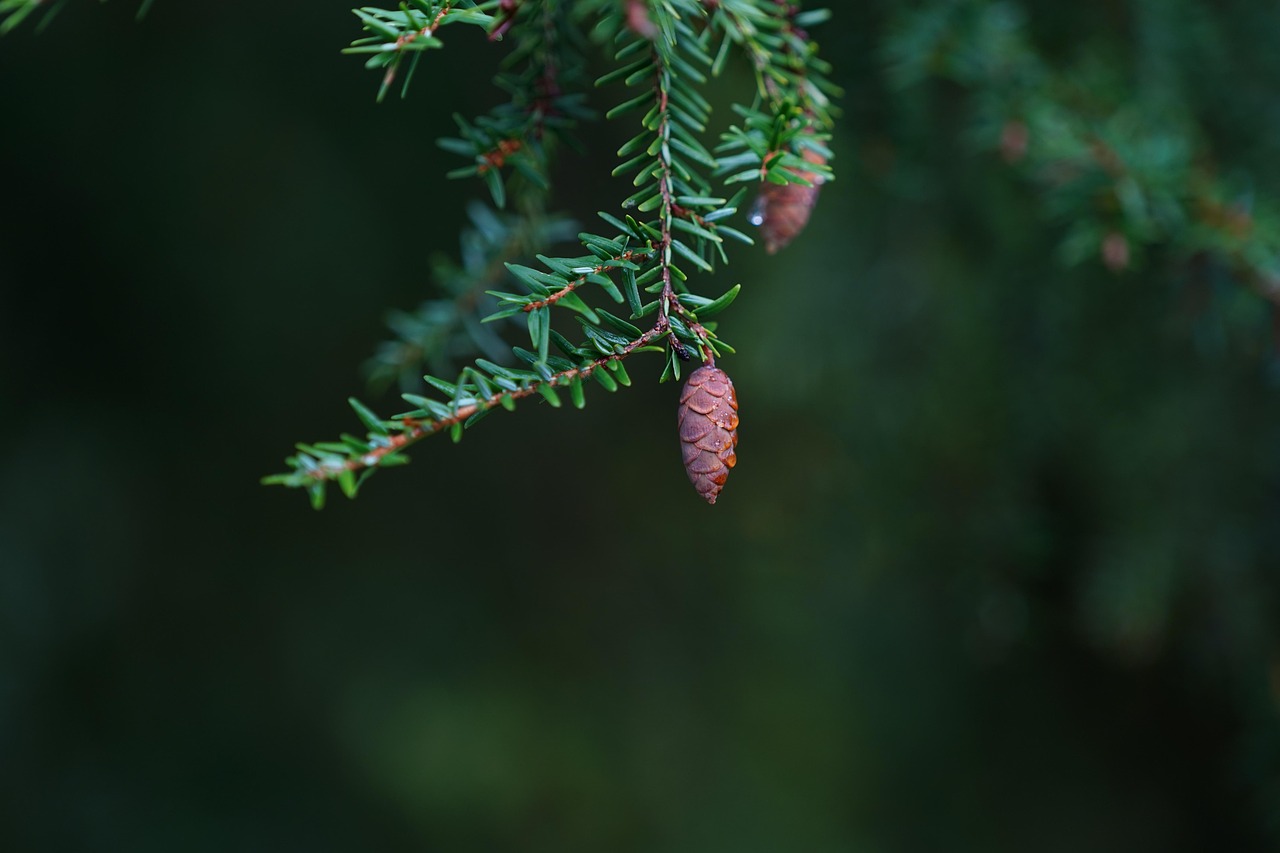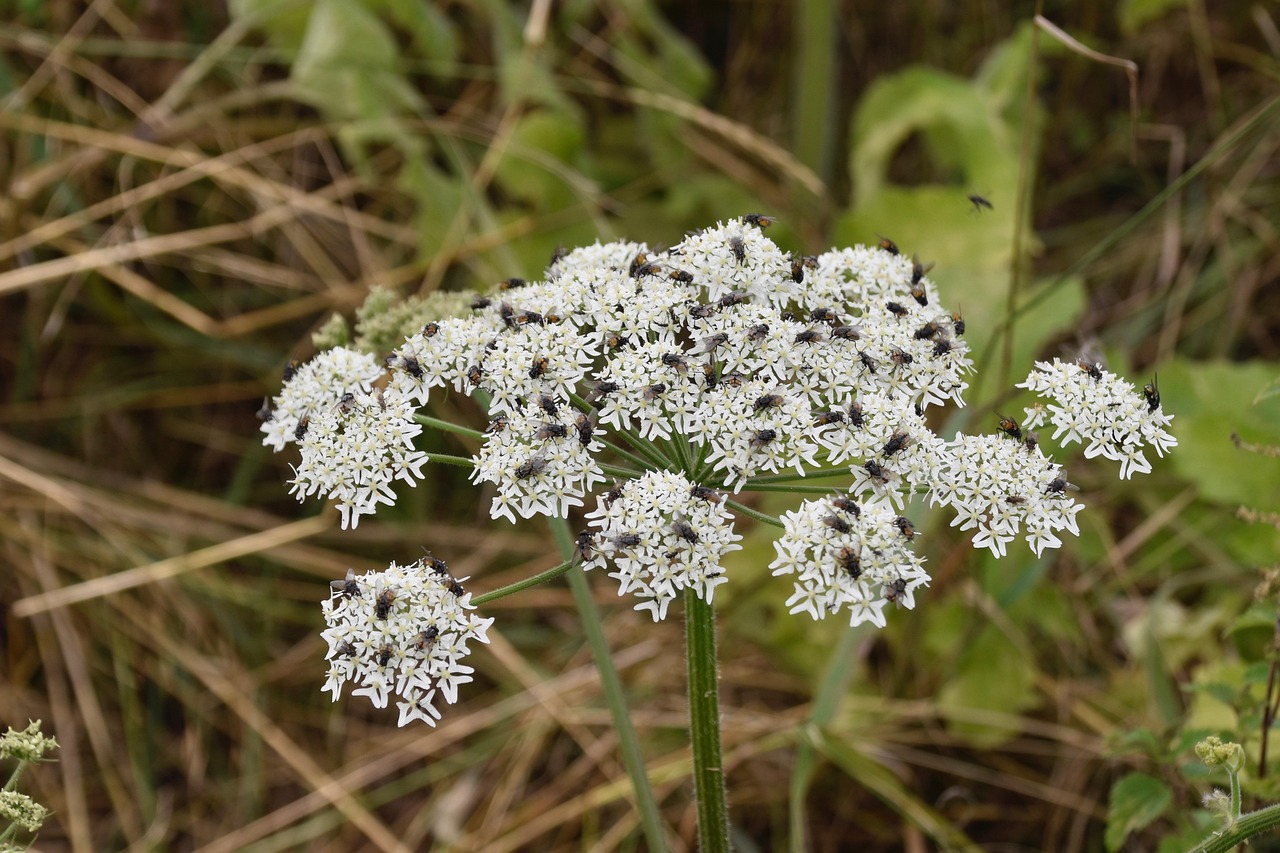Yes, the Hemlock plant is highly poisonous. It contains toxic compounds such as coniine, which can cause severe symptoms and potentially lead to death if ingested. Understanding the toxicity of Hemlock is essential for anyone who might encounter this plant in the wild or in gardens.
Understanding Hemlock and Its Toxicity

Hemlock refers to several species of the genus Conium, with the most notorious being Conium maculatum, commonly known as poison hemlock. This plant is widely recognized for its historical significance and toxic properties. It is native to Europe and North Africa but has spread to various regions, including North America.
The plant can grow up to 10 feet tall and features a distinct appearance with its hollow, purple-spotted stems and feathery, finely divided leaves. The white flowers, arranged in umbrella-shaped clusters, bloom from late spring to early summer. While Hemlock may look innocuous or even attractive, all parts of the plant are extremely toxic.
Hemlock’s toxicity primarily arises from its alkaloids, particularly coniine. These compounds affect the nervous system by blocking neurotransmitters, leading to muscle paralysis and respiratory failure. It is crucial to note that even small amounts of the plant can be lethal, making identification and avoidance imperative.
| Plant Name | Common Names | Toxic Compound |
|---|---|---|
| Conium maculatum | Poison Hemlock | Coniine |
| Conium minoanum | Minoan Hemlock | Coniine |
It is essential to be aware of the symptoms of Hemlock poisoning. Early signs may include nausea, vomiting, and abdominal pain. As the poisoning progresses, symptoms can escalate to muscle twitching, seizures, and ultimately respiratory failure. These severe reactions necessitate immediate medical attention.
Individuals may encounter Hemlock in various environments, particularly near water sources or disturbed areas. Awareness of its distinguishing features can aid in avoidance. Many people mistake Hemlock for other plants, such as wild carrots or parsley, due to similar appearances. Thus, education about Hemlock is vital for preventing accidental ingestion.
In addition to its toxicity, Hemlock has a rich history. The plant is famously known for its association with the death of Socrates, who was sentenced to drink a hemlock concoction as a form of execution in ancient Athens. This historical context adds to the mystique and caution surrounding this plant.
In gardens and landscapes, it is advisable to exercise caution when managing plants that may resemble Hemlock. Educating oneself about safe gardening practices can prevent accidents involving this deadly species.
Identifying Hemlock: Key Characteristics
Recognizing Hemlock is crucial for avoiding its toxic effects. The plant possesses several distinctive features that separate it from non-toxic look-alikes, such as wild carrot and parsley. Understanding these characteristics can help individuals identify and steer clear of Hemlock in the wild.
Physical Description
Hemlock is a tall, biennial herb that can grow anywhere from 3 to 10 feet in height. Its appearance can vary slightly based on the specific species and growing conditions. Here are some key physical traits:
- Stem: Hemlock stems are hollow and can be green or purplish in color, often featuring dark purple spots or streaks.
- Leaves: The leaves are finely divided and resemble those of ferns. They have a strong, unpleasant odor when crushed.
- Flowers: The small, white flowers grow in umbrella-shaped clusters called umbels, typically blooming from late spring to early summer.
- Seeds: The seeds are small, smooth, and oval-shaped, measuring about 1/8 inch long.
Habitat and Distribution
Hemlock thrives in moist, fertile soils and is often found in disturbed areas, along roadsides, and near water sources. Its adaptability allows it to flourish in various environments. Here are common habitats where Hemlock may be encountered:
- Fields and meadows
- Stream banks
- Ditches
- Woodland edges
In North America, Hemlock is prevalent in many regions, particularly in the northeastern and western United States. Awareness of its distribution is essential for hikers, gardeners, and outdoor enthusiasts.
The Dangers of Hemlock Consumption
Even a small amount of Hemlock can lead to severe poisoning. The symptoms often appear within hours of ingestion. Understanding the potential dangers can help prevent accidental consumption.
Symptoms of Hemlock Poisoning
The symptoms of Hemlock poisoning can vary depending on the amount ingested and the individual’s health condition. Common symptoms include:
- Nausea and vomiting
- Abdominal pain and cramping
- Dizziness and weakness
- Twitching or spasms
- Dilated pupils
- Confusion and agitation
- Respiratory distress leading to failure
If someone suspects they have ingested Hemlock, immediate medical attention is critical. Rapid treatment can improve the chances of recovery.
How Poisoning Occurs
Poisoning typically occurs through:
- Ingestion: Eating any part of the plant, especially the roots or seeds.
- Tea or concoctions: Some individuals mistakenly make herbal teas using Hemlock.
- Skin contact: While less common, skin exposure may lead to irritation or allergic reactions in sensitive individuals.
Education on the risks associated with Hemlock is vital for anyone spending time outdoors. Awareness can prevent tragic accidents and ensure safe exploration of nature.
Prevention and Safety Measures

Given the severe dangers posed by Hemlock, implementing effective preventive measures is essential for individuals who may encounter this plant. Awareness, education, and precautionary steps can significantly reduce the risk of accidental poisoning.
Identifying Safe and Unsafe Plants
Before venturing into areas where Hemlock may grow, it is vital to familiarize oneself with both toxic and non-toxic plants. Here are some tips for identifying safe alternatives:
- Study Plant Features: Learn the specific characteristics of Hemlock and its look-alikes. This knowledge is crucial for distinguishing between them in the field.
- Use Field Guides: Carry a reliable field guidebook or app that provides images and descriptions of various plants, including Hemlock and its non-toxic counterparts.
- Join Local Workshops: Participate in workshops or guided nature walks led by knowledgeable botanists or naturalists. These experiences provide practical identification skills.
Gardening Precautions
For those who garden or manage land, taking precautions can prevent the accidental introduction of Hemlock into cultivated areas. Consider the following steps:
- Avoid Planting Hemlock: Do not plant Hemlock or allow it to flourish in your garden. If you suspect Hemlock is present, take immediate action to remove it safely.
- Regular Monitoring: Regularly inspect your garden for any signs of Hemlock. Early detection allows for timely removal before it can spread.
- Proper Disposal: If you find Hemlock, do not compost it. Instead, dispose of it according to local regulations for hazardous waste to prevent accidental exposure.
What to Do in Case of Exposure

Despite preventive measures, exposure can still occur. Knowing how to respond can save lives. Here are steps to follow in case of suspected Hemlock poisoning:
Immediate Actions
If exposure occurs, it is crucial to act quickly and efficiently:
- Call Emergency Services: If ingestion is suspected, immediately contact emergency services or a poison control center for guidance.
- Do Not Induce Vomiting: Unless instructed by a medical professional, do not attempt to induce vomiting as it may worsen complications.
- Provide Information: Be ready to provide details about the person affected, including their age, weight, symptoms, and the estimated amount of Hemlock consumed.
First Aid Measures
While waiting for medical assistance, consider the following first aid measures:
- If Skin Contact Occurs: Rinse the affected area thoroughly with soap and water to remove any residues.
- If Inhaled: Move the person to fresh air immediately if they are experiencing respiratory distress.
Always remember that professional medical treatment is necessary for suspected Hemlock poisoning. The symptoms can escalate rapidly and require specialized care.
Public Awareness and Education
Raising awareness about Hemlock toxicity in communities can help prevent incidents of poisoning. Collaborative efforts among local authorities, educational institutions, and health organizations can foster a safer environment.
Community Initiatives
- Workshops and Seminars: Organize events focused on plant identification and safety measures regarding toxic plants.
- Educational Materials: Distribute brochures or online resources detailing the characteristics of Hemlock and other poisonous plants.
- School Programs: Incorporate lessons about plant safety in school curricula to educate children about the dangers of toxic flora.
By promoting knowledge about Hemlock and other toxic plants, communities can empower individuals to make informed decisions and protect themselves from harm.
Legal Aspects and Regulations

In addition to public awareness and education, understanding the legal aspects surrounding Hemlock is important. Many regions have regulations regarding the management of toxic plants, which aim to protect public health and safety.
Regulatory Measures
Some local governments have enacted laws to control or eradicate Hemlock growth in public spaces. These measures can include:
- Invasive Species Listings: Hemlock may be classified as an invasive species in some areas, which can lead to restrictions on its spread and management mandates.
- Public Notification: Some municipalities provide notifications in areas where Hemlock is prevalent, warning residents about the dangers of contact and ingestion.
- Eradication Programs: Local authorities may implement programs aimed at removing Hemlock from public lands to minimize exposure risks.
Staying informed about local laws and regulations can help individuals and communities take the necessary actions to protect themselves and their environment from Hemlock toxicity.
Research and Developments
Ongoing research into Hemlock and its toxic effects contributes to a better understanding of this dangerous plant. Scientific studies focus on various aspects, including:
- Toxicology: Research continues to explore the specific mechanisms of Hemlock’s toxicity and how it affects the human body.
- Plant Ecology: Studies examine Hemlock’s ecological impact, including its role in local ecosystems and interactions with other plant species.
- Remediation Techniques: Scientists are developing strategies for effective removal and management of Hemlock in natural habitats.
The advancements made through research not only enhance public safety but also support conservation efforts in affected areas. Engaging with ongoing studies can provide further insights into managing this toxic plant effectively.
Final Thoughts
Understanding the dangers associated with the Hemlock plant is vital for anyone who spends time outdoors or engages in gardening. Its toxic properties pose significant risks, making education and awareness key components in preventing poisoning incidents. By recognizing its unique characteristics, individuals can effectively avoid this hazardous plant.
Community initiatives, educational programs, and local regulations play crucial roles in raising awareness about Hemlock. The collective effort to inform the public can significantly reduce the risks associated with accidental exposure. Moreover, ongoing research continues to enhance our understanding of Hemlock and develop effective management strategies.
As we foster a culture of safety and education regarding toxic plants like Hemlock, we empower ourselves and our communities to make informed decisions. Together, we can navigate natural environments safely while appreciating the beauty of flora without compromising health.
